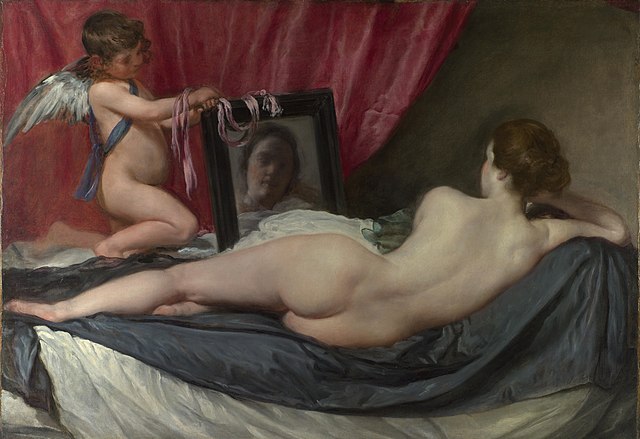Suffragette City
If you're anything like me, the first question you ask when you learn
about a great woman from history is, "But what did she look like
naked?"
Well, here you go. You're welcome.
Instead of the usual scratchy, gray daguerreotypes of elderly ladies
in period costumes that
illustrate most history books, I've used the magic of AI to show
historically important women in their natural state, usually in their
mid-thirties.
This is halfway between old enough to be on their way to
their major accomplishments but young enough to still be fun to look at.
Modern people often can't identify with people of
the past who are dressed up in silly, old-timey fashions. They find all
those ruffs, bustles and hoop skirts distracting. I'm removing
the distraction.
You can explore the collection using these pages:
Yes,
it's a disturbing hobby, but would you even be here reading about these
ladies if there was no nudity? The study of history is not helped by
keeping it boring.
At
first, it seemed that no reputable AI would willingly create
non-consensual naked pictures of unsuspecting dead people. Then I found
a sketchy foreign knockoff that had no such inhibitions. I typed in a
name, and the AI app would run off like an eager bloodhound to scour
the
web for pictures of that person, either a photo, painting or sculpture.
Then it would incorporate her face and
figure into a photorealistic nude. This all took about 20 seconds.
Truly we live in an age of wonders.
In my defense, society constantly uses dead people
frivolously and non-consensually. Do you really think Alexander
Hamilton would have
liked his musical? Did Leonardo da Vinci sign off on the
Da Vinci Code?
British television recently ran a
miniseries which reimagined Anne Boleyn as a black woman, so
why can't we reimagine
Susan B.
Anthony as a naked woman? For dead
people, the worst has already happened, so I'd be surprised to hear
them complain about a few fake pictures.
I originally planned to just steal Wikipedia's article on
each person to explain who these ladies were, but Wikipedia is so
poorly written that I usually had to rewrite most of them myself.
Also, as I was researching this, I noticed that every woman who enters
the
public eye seems to have
her womanhood questioned. Often it's her sexual orientation, sometimes
her gender identity. This is another example of how we
use dead people and manipulate their memory for our own purposes. The
only women who escape this treatment are the ones that no one wants to
claim, like
Eva Braun. I'll
be addressing some of those
rumors. ("How lesbian was she?")
Although this site might be NSFW, it's not pornographic. The human body
is a beautiful thing. Well, not
my
cheese-fed body obviously, but
Evelyn
Nesbit
and
Emma Dupont.
To be honest, I find it a tad hypocritical that Wikipedia
pretends
to be so free and easy, and yet won't illustrate its biographies with
nudes even when such pictures are easily available, as with Bob
Hoskins and Robin Williams, whose penises we've all seen and probably
regret.
That painting over there is the
Rokeby
Venus,
which became a part of feminist history in 1914, when an
angry
suffragette attacked the canvas with a meat cleaver. She said she
did
not like "the way men visitors gaped at it all day long."
Aside from that, the
Rokeby Venus
is a classic
example of the
Venus
effect, which is
a trick of perception in art and cinema named after paintings of
Venus gazing into her mirror.
What a person sees in a mirror is
different with each angle, so if we, the viewers, see Venus's face in
the mirror, then she doesn't. In fact, what she is seeing from her
angle
of the mirror probably isn't what you think it is. It's probably a
reflection of you,
and you're not even supposed to be in the picture.
That might be a metaphor for the study of history because what you see
in history also depends on which angle you look at it.
